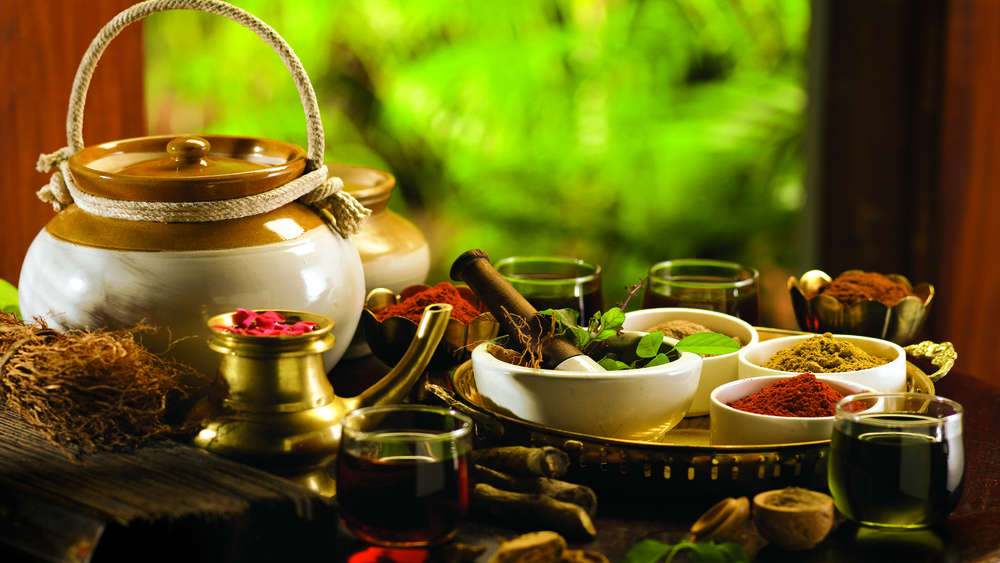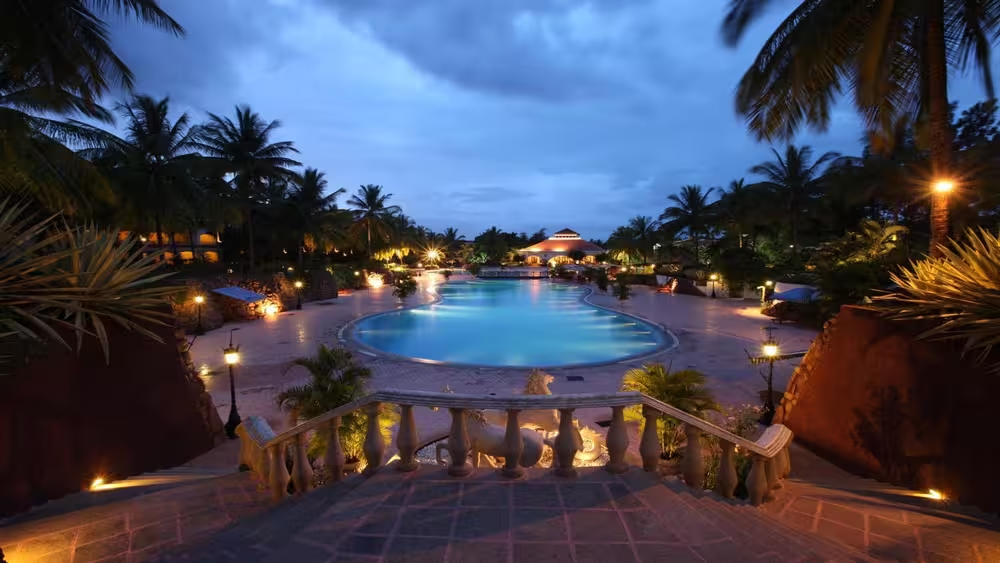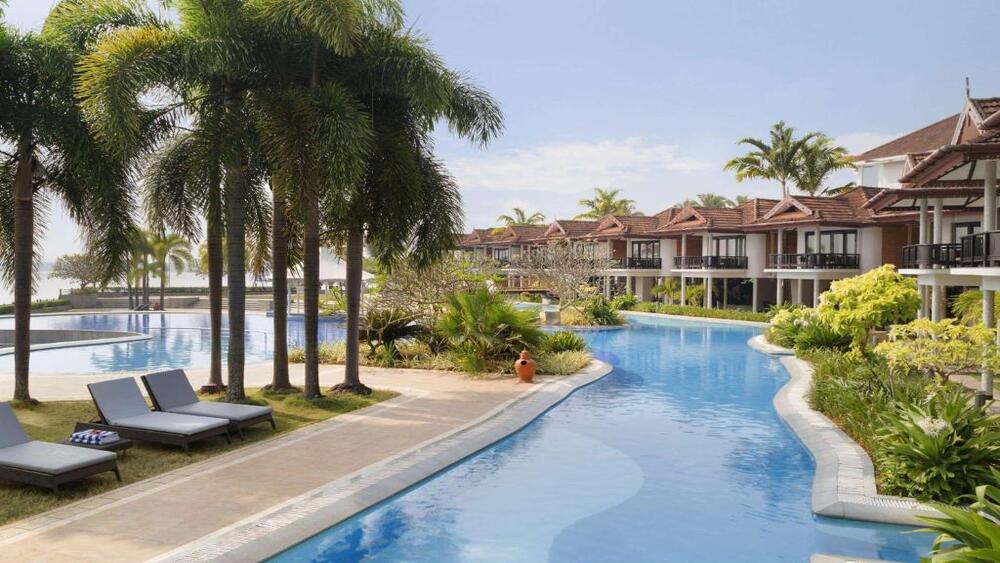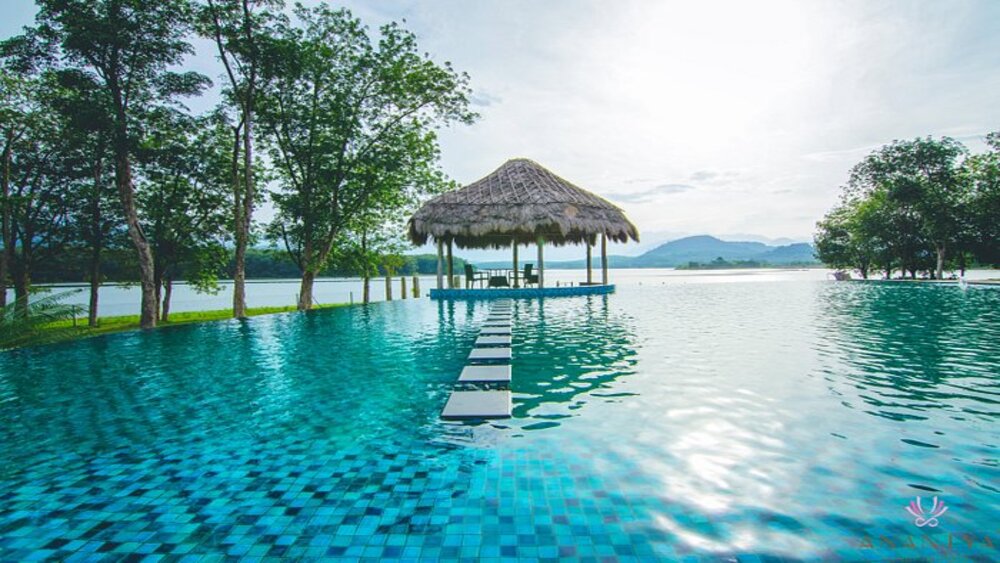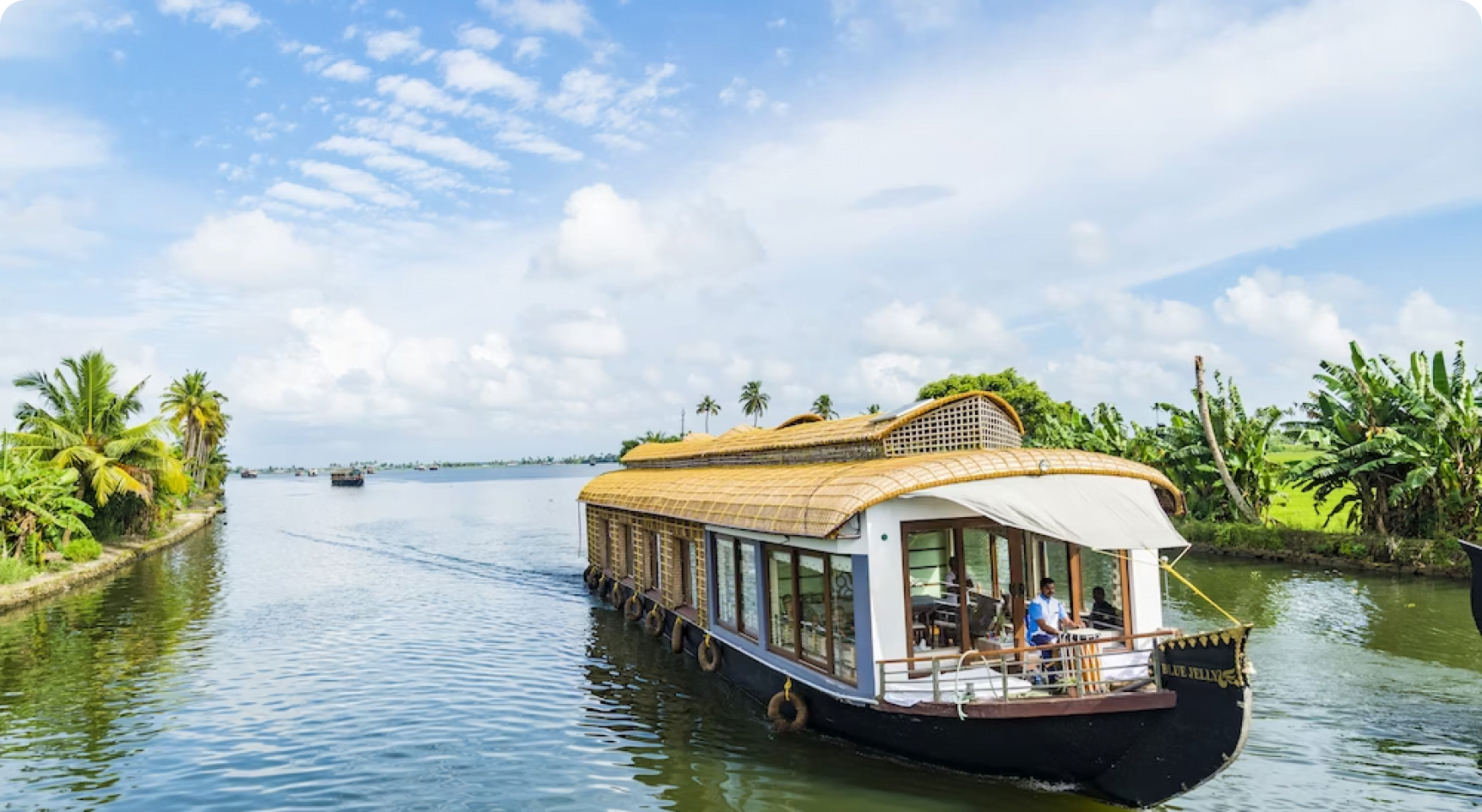

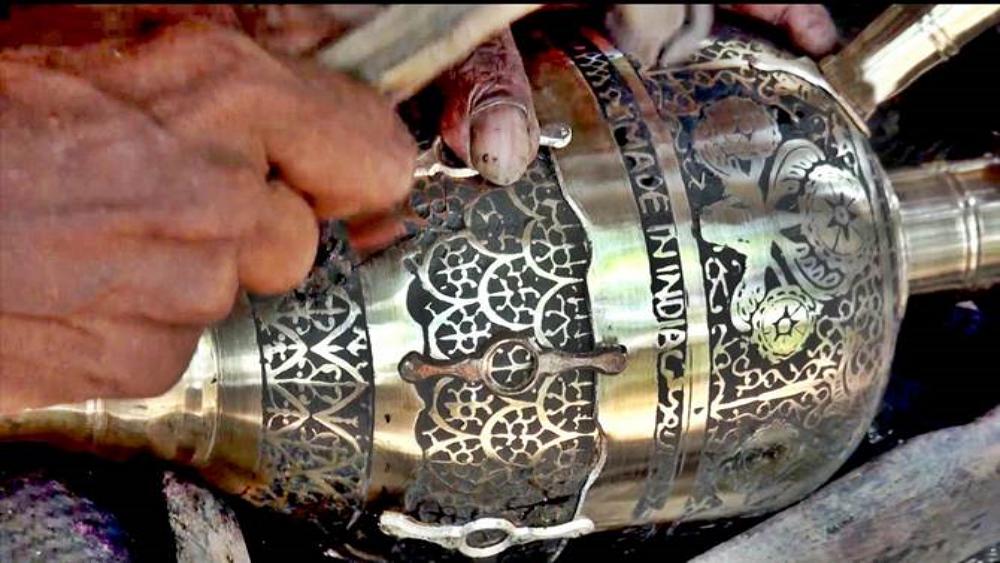
Tyndis is not just a bare tour operator from Malabar; we love to share the knowledge of our rich culture with our guests. Here are some stories about the unique handicrafts of Kerala!
Most of you are aware of the Silk Road and Spice Trade – the ancient trade routes that connected India with other civilizations and regions in the world. During the late medieval period, Muslim traders from the Middle East dominated the spice trading routes through the Indian Ocean passing the Malabar Coast. Besides black pepper, the Arabs recognized the talent of the craftsmen in this region. North Kerala still have reminiscence of this in the unique handicrafts of Kerala like Beypore Uru, Koyilandi Hookah, Thalangara Thoppi, etc.
Let’s look at these unique handicrafts of Kerala that are exclusively made and procured in Malabar.
Beypore, on the banks of Chaliyar River, in Kozhikode is one of the oldest ports in Kerala. Before steel and iron were introduced into the modern shipbuilding process, this port was reputed of being a centre for creating excellent wooden dhows or boats called “Beypore Uru”. Demand for these Beypore Uru came in around 1st century AD when India had maritime trade with Mesopotamia, the Greeks, Romans, the Chinese, Syrians, and the Arabs. It is one of the finest of all Kerala Handicrafts.
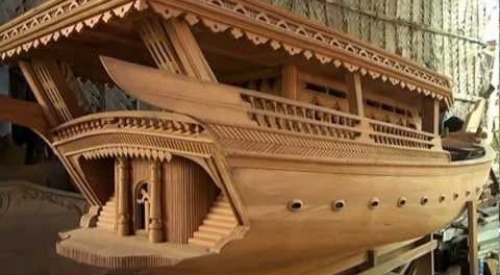
Beypore Uru making is an undocumented practice that is clandestinely passed on through generations by a particular community of local carpenters. From conception to completion, the master craftsman has the design in his mind and using mental calculations assigns the job to his assistants on a daily basis.
Beypore Uru, without doubt, is one of the world-renowned handicrafts of Malabar. This Kerala handicraft used to give a sustainable income for many traditional carpenters. But today, Beypore Uru is a dying craft as there are not many takers for these boats except for few businessmen from the Middle East.
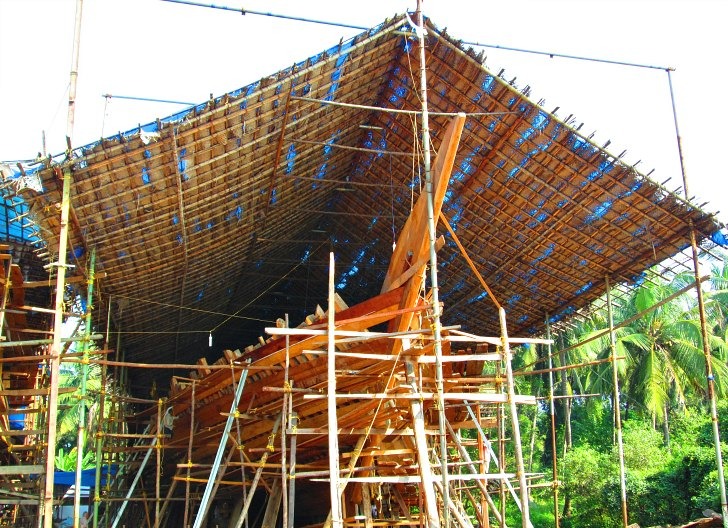
Recently, Beypore came into limelight when a UAE-based business firm bought a 42-meter luxury yacht completely made and furnished by the Beypore Uru makers from this hamlet. It is said that 32-40 carpenters spent two and a half years to make this state-of-the-art dhow that cost Rs 10 crores. It is bringing back Beypore Uru, one of the finest handicrafts of Kerala back into life.
The story of Koyilandy Hookah, one of the unique handicrafts of Kerala, is connected with ancient trade history. The trade relation by merchants from lands across the ocean with Kerala is a well-known fact. In Medieval times, trade between Malabar and the Middle East grew stronger. 400 years ago, on one such trip to the Malabar, a Yemeni trader saw a metal craftsman at work in Koyilandi.
The Yemeni trader commissioned that metal craftsman to make a hookah for him. He did a wonderful job and thus Koyilandy hookah gained popularity. Until 1960, Koyilandy hookah was exclusively made for Yemen but soon hundreds of hookah making centres propped up in Koyilandy and began exporting to the entire Arabian Peninsula. In time, Koyilandy Hookah has become one of the unique handicrafts of Kerala! It is, in fact, one of the most expensive Kerala handicraft due to metalwork and intricate designs.
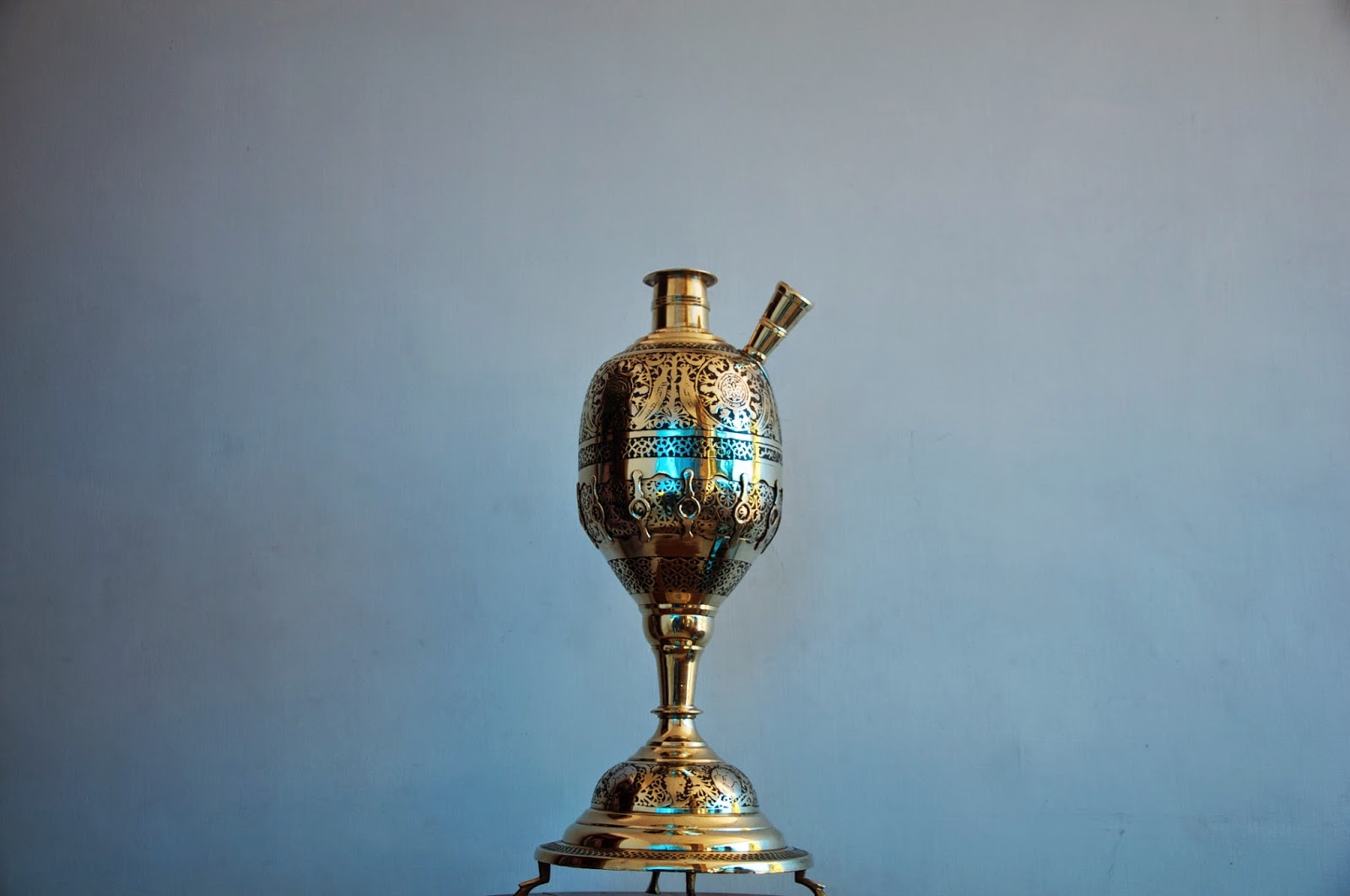
Making of Koyilandy hookah is a long drawn process. It is completely handmade and has 5 parts. The raw materials required to create Koyilandy Hookah are wax to create patterns, wood for the stem, coconut shells to hold water, two varieties of clay and a combination of metals to produce the bronze.
Though there is a huge demand for Malabari or Koyilandy Hookah as souvenirs abroad, it is one of the indigenous crafts of Kerala that is on its last legs. Fluctuating price of the metals and the reducing number of skilled craftsmen are the main reasons that are affecting this Kerala handicraft.
Thalangara is a place in Kasaragod, dominated by the Muslim population. There was a time when almost every household here were engaged in the making of traditional Muslim skull caps called Thalangara Thoppi.
Making of Thalangara Thoppi – the colourful, hand-embroidered beautiful caps is a time-consuming process as the threads have to be dyed in different colours and woven in various intricate designs.
Thalangara Thoppi is worn by Muslim men for religious functions, this art generated large-scale employment in this village, as this business had a huge market in Indonesia, Malaysia, Burma, Singapore, Africa and the Gulf.
Thalangara Thoppi production was one of the high demanded unique handicrafts of Kerala. But with mechanized production, the prices reduced and so has the production of Thalangara caps.
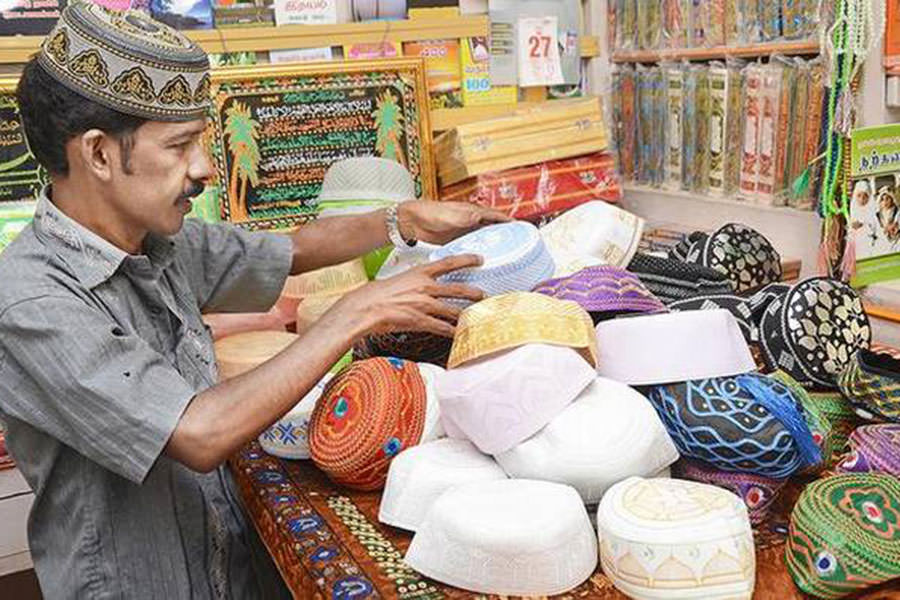
Today, there is just Abdul Raheem who is creating Thalangara Thoppi as he is committed to keeping this tradition alive that was passed on to him by his forefathers. His family has been in this business for over a century. In heydays, the family used to produce 500 Thalangara caps in a month but in present times it is reduced to just 100.
Whenever you are in this part of Kerala, do explore the village of these craftsmen creatinf the unique handicrafts of Kerala with Tyndis to watch their works of beauty. Book a trip to the Malabar with Tyndis.
